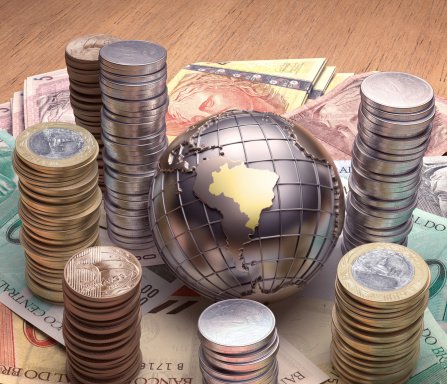MarketsMuse blog update is courtesy of CNBC’s Jeff Cox. As we have seen so far this year, ETFs have been becoming increasingly popular among all investors. MarketsMuse blog update profiles the biggest trends in ETF investing, including investing in international currencies. An excerpt from CNBC’s Jeff Cox’s article, “Hottest ETFs are currency hedges, non-US funds” is below.
Exchange-traded funds have surged in popularity in 2015, but it’s not U.S. equities that are leading the charge.
Investors poured $97.2 billion into various ETFs and other similar products in the first quarter, marking the $2.9 trillion industry’s biggest start ever despite a wobbly U.S. stock market and a testy geopolitical climate, according to data from BlackRock, the world’s largest provider of such funds. (U.S.-based ETFs have about $2.1 trillion in assets.)
There essentially have been three major investment themes this year, and players in the exchange-traded market have made each work: A quest for investment themes outside the U.S.; the offshoot of that, which has seen domestic attention turn away from large caps and toward mid- and small-sized companies, and capitalizing on the big moves in currency markets, particularly an appreciation of the U.S. dollar and the decline of its global competitors. The greenback has gained 7 percent so far against a trade-weighted basket of other leading currencies.
Some $59 billion has found its way into products that focus on currency hedging, according to ETF.com, which said the group represented four or the top 10 funds for investor flows during the first three months of the year.
To read the rest of the article on ETF investment trends from CNBC, click here.



